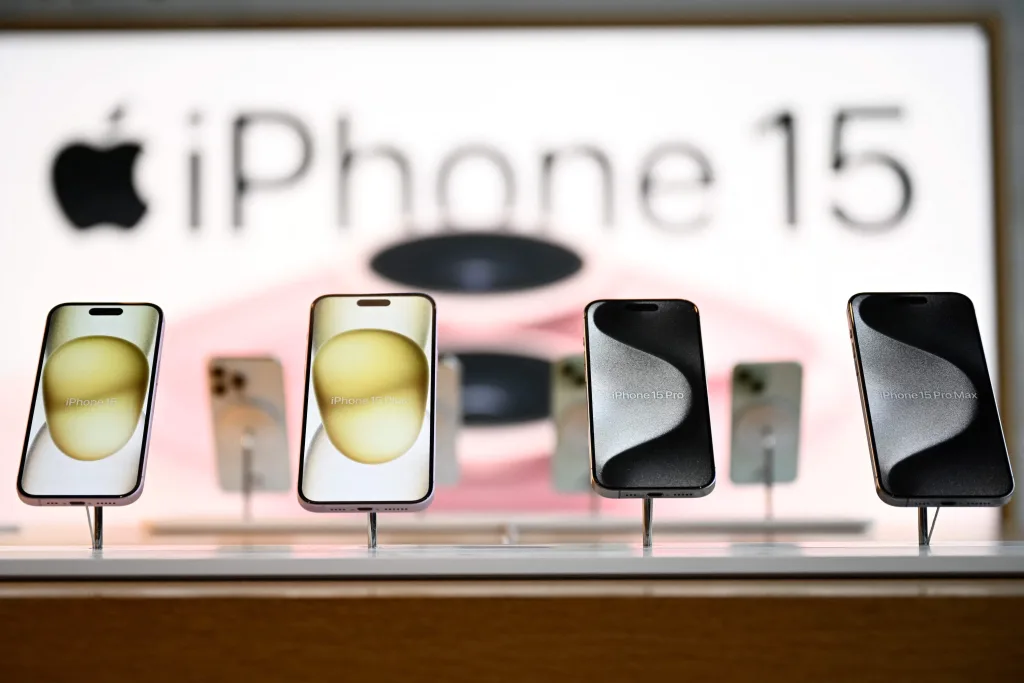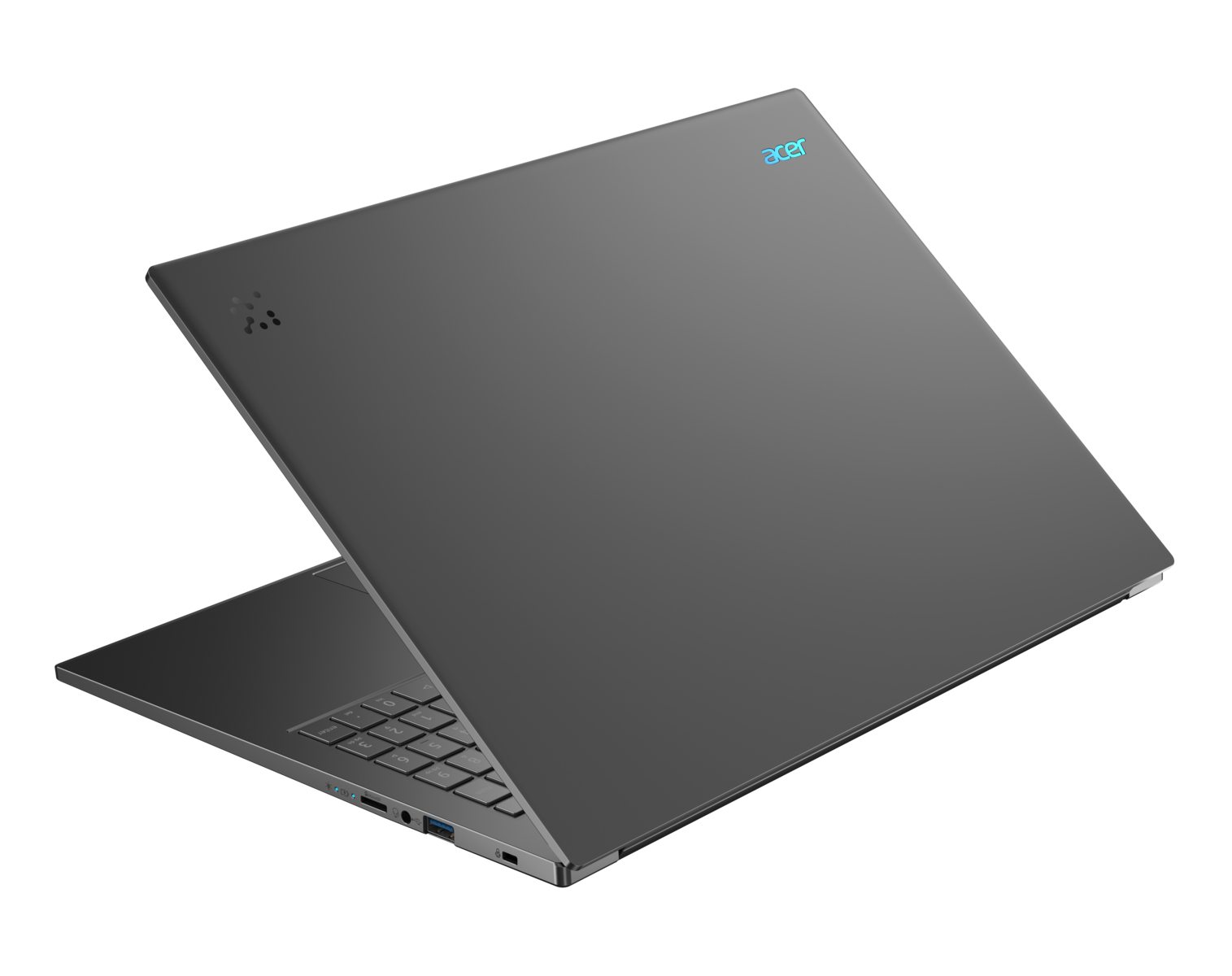Apple airlifts premium devices to the US before the tariff deadline. Learn about the impact on prices, supply chain, and what it means for consumers.
Table of Contents

H2: Apple’s Urgent Move: Airlifting Devices to Beat Tariffs
In a dramatic race against time, Apple has reportedly orchestrated an urgent airlift of premium devices to the United States, aiming to beat the looming tariff deadline. This strategic move comes in response to President Donald Trump’s announcement of “reciprocal” tariffs of up to 104% on trading partners, set to take effect on April 9, 2025.
The Tariff Tango: Apple’s High-Stakes Gamble
Apple, along with tech giants Dell, Microsoft, and Lenovo, scrambled to mitigate the impact of these hefty tariffs. The focus was on accelerating shipments of devices priced above $3,000, particularly those destined for the US market. This last-minute rush has created a logistical whirlwind, with suppliers struggling to fulfill orders due to component shortages and tight shipping deadlines.
“We got a call from clients to make as many consumer electronics as possible and to ship as many of them by air as possible,” said an executive at a supplier to Apple, Microsoft, and Google. “But the biggest challenge is that we don’t have so many components and materials in stock.”
The Numbers Game: Breaking Down the Tariffs
Let’s break down the tariff situation:
| Country | Current Tariff | New Tariff |
|---|---|---|
| China | 20% | 104% |
| India | – | 26% |
| Vietnam | – | 46% |
These numbers paint a clear picture of why Apple is rushing to get its premium devices into the US before the deadline.

Apple’s Global Chess Game: Diversifying Production
Apple has been playing a long game of global manufacturing chess. Here’s how their production is currently spread out:
- iPhones: 85% in China, 15% in India
- Macs: China, Vietnam, and small quantities in Texas
- iPads and Watches: Mainly China, some in Vietnam
- Earbuds: Mostly Vietnam, some in China
This diversification strategy might help Apple weather the tariff storm better than some of its competitors.
What This Means for Consumers: Potential Price Hikes
Are you eyeing that new iPhone or MacBook? You might want to act fast. While Apple hasn’t announced any price changes yet, analysts are predicting potential increases:
- UBS estimates the price of the iPhone 16 Pro Max could rise by up to $350 in the US.
- Some experts suggest that if produced entirely in the US, an iPhone could cost as much as $3,500.
The Stock Market Rollercoaster: Investor Jitters
Apple’s stock has taken a hit amid these tariff concerns:
- The stock has fallen nearly 23% since last Wednesday.
- Investors are worried about potential effects on Apple’s profits and global supply chain.

Looking Ahead: Apple’s Next Moves
What’s next for Apple? Here are some possibilities:
- Increased production in India to meet US demand
- Potential lobbying for tariff exemptions
- Gradual price increases to offset tariff costs
- Further diversification of the supply chain
FAQs
Q: Will Apple raise prices immediately?
A: While immediate price hikes are unlikely, analysts expect gradual increases, especially with the launch of new models.
Q: Can Apple move all production to the US?
A: Complete US production is unlikely in the short term due to the complexity of Apple’s supply chain and the higher costs involved.
Q: How will these tariffs affect other tech companies?
A: Many tech companies are facing similar challenges and may also need to adjust their pricing and supply chain strategies.
Q: Will the quality of Apple products be affected?
A: Apple is known for maintaining high quality standards regardless of production location, so significant quality changes are unlikely.
Q: How long will these tariffs last?
A: The duration of these tariffs is uncertain and may depend on future trade negotiations and political developments.
As this situation continues to unfold, stay tuned for more updates on how these tariffs might affect your favorite Apple products and the tech industry at large. Whether you’re a die-hard Apple fan or just a curious observer, these developments are sure to have far-reaching implications for the future of consumer electronics.








